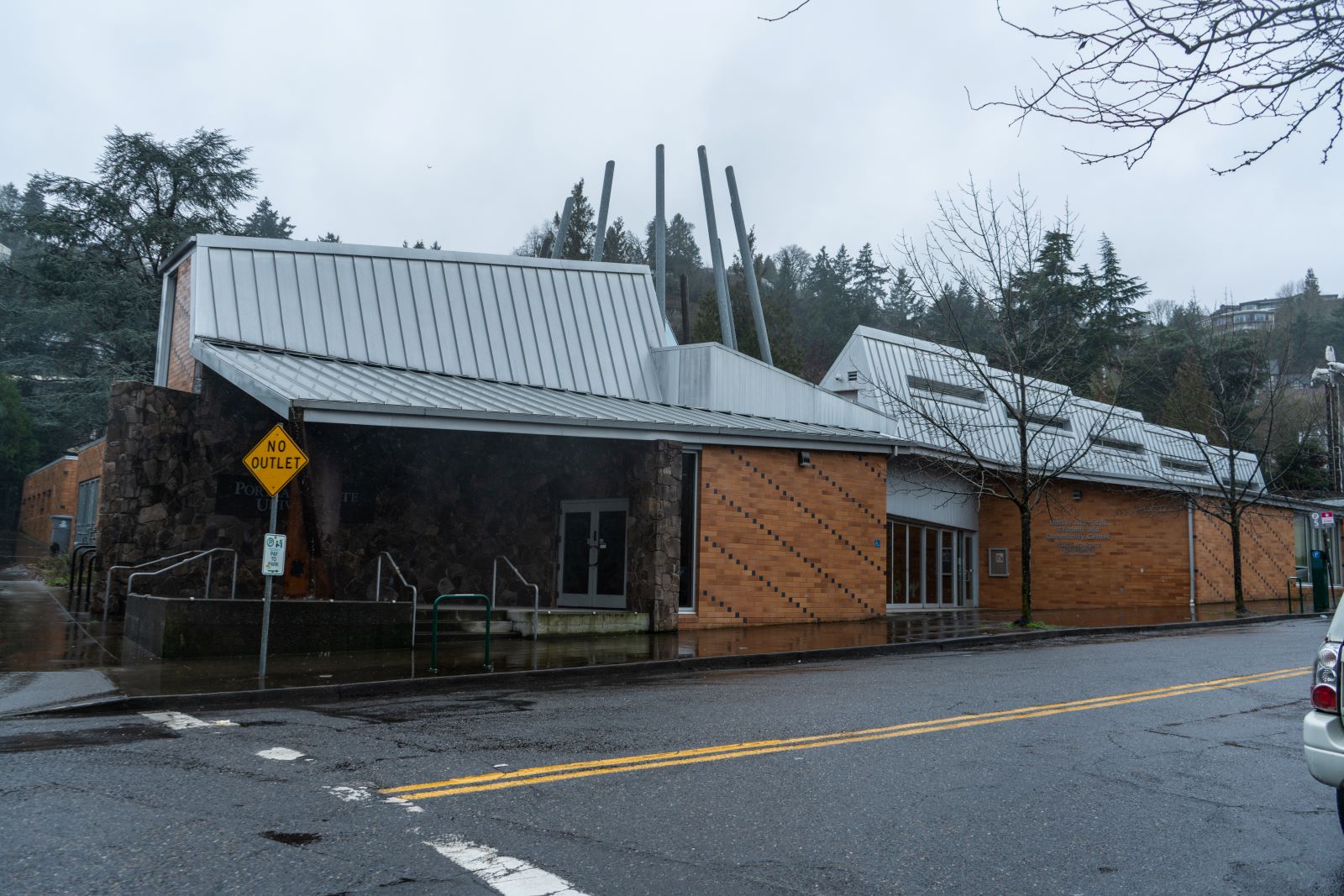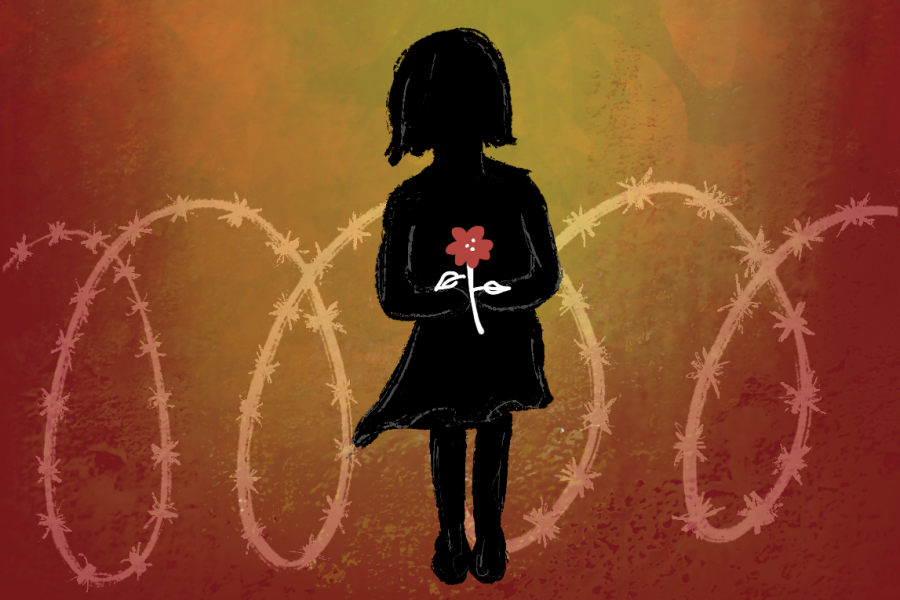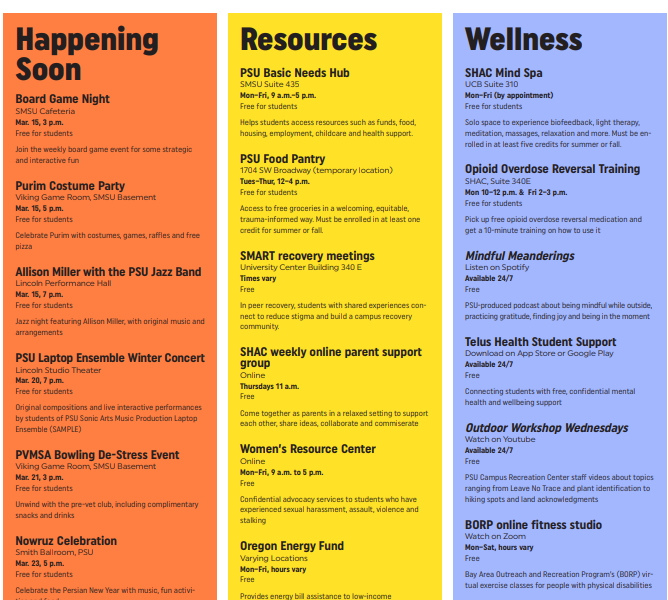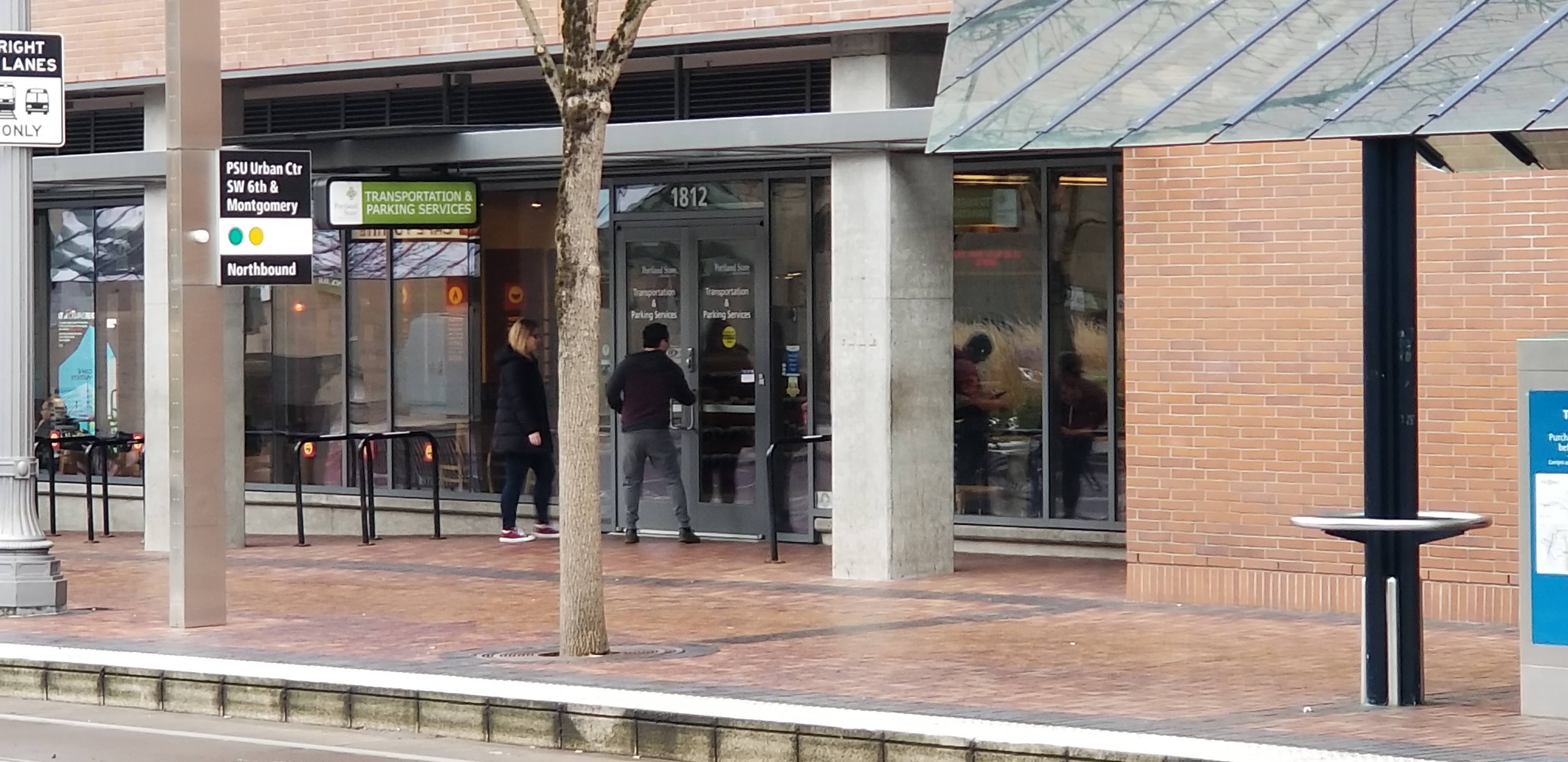Jade Wolfe picked up the phone at 1:51 p.m. on Friday, Feb. 16, with her typical posed entry line as a front desk student employee for the Native American Student Community Center (NASCC).
“How can I help you?” Wolfe said.
A deep-sounding voice on the other line, garbled by an apparent voice changer, told Wolfe to clear the building before 2 p.m. At the time, Mechanical Engineering Science Achievement (MESA) transfer students gathered for an event in NASCC, while others were dispersed throughout the building.
Wolfe stayed on the line, confused and unsure of what to do. Then, the voice told Wolfe that there was a bomb.
“So I turned to my coworker, TJ, and I let her know,” Wolfe said. “Both her and I—not knowing what to do—she checks the building to see if it’s coming from inside, and then we tell our boss, Trevino, and we’re like, ‘Hey Trevino, we just received a bomb threat.’”
The workers began evacuating the students and called the campus emergency line. Campus Police Safety Officers arrived at 1:55 p.m., followed by Portland Police Bureau’s Explosive Disposal Unit and a K-9 dog once everyone had left the building.
By 3:30 p.m., emergency response deemed the threat a hoax and passed the case into the hands of the FBI for any further investigation.
The following week, the NASCC community found themselves seeking support from one another. Tiffany Purvis, the other NASCC student employee at the front desk with Wolfe when the call came in, described feeling support from her inner circles at NASCC since the incident.
“We had a smudging here on Monday and had some community members come and just smudged the whole building,” Purvis said. “Our boss was checking in and stuff like that. A lot of us were checking on each other and making sure everyone was okay.”
Trevor Roberts—the NASCC Building and Operations Manager—requested to close the building the following week to give everyone closest to the incident time to process and heal.
Roberts described meeting with the NASCC and multicultural and Native student services coordinators to discuss a closure, eventually all agreeing to leave it up to the students.
“It appeared that the majority of the student workers here were just shaken by the whole thing and [were] not really feeling comfortable—feeling unsafe,” Roberts said. “Based off what the students had shared with us, NASCC professional staff had decided to close the building down for the remainder of the following week.”
The Global Diversity & Inclusion (GDI) office that oversees NASCC denied Roberts’ request, however. Ame Lambert, Vice President of GDI, said that the decision was an effort to create space for a multiplicity of student and staff needs.
“GDI’s decision was, and is, to make space for those who wanted to heal in community, as well as honor those who needed more time to heal outside the space,” Lambert stated in an email to the Vanguard. “No one was, or will be, forced to come into the space who was not ready.”
Portland State President Ann Cudd spoke on the bomb threat during a recent press conference.
“I’m very sorry that it happened,” Cudd said. “It was egregious. I know there were a number of events afterwards meant to repair from that event.”
GDI held a lunch the following Wednesday at NASCC for employees and any students who may have been affected. Wolfe said she knew many who did not attend because it felt rushed to them.
“I feel like they could have let students take a little bit more time to process what happened instead of immediately trying to speak about it to them,” Wolfe said. “I know a lot of other student workers had an issue with the lunch, and they felt like it wasn’t appropriate for them to hold it within that time.”
Lambert stated that at the lunch, she heard from NASCC staff on how students were feeling and discussed plans to make space for those feeling unsafe.
“We honor that everyone reacts to traumatic events differently,” Lambert stated. “These events, whoever is behind them, are designed to create fear. Fear divides. We wanted (and still want) to have multiple paths to not let whoever was behind this terrible and painful action win.”
Environmental Health & Safety training is one requirement for all university employees, to varying extents, based on the job type. It largely covers the basics of smaller-scale safety, such as heat-illness prevention, ladder safety and first aid.
The current list of required training, however, does not include how to respond to emergencies like a bomb threat, something Purvis and Wolfe expressed would have been helpful in that situation.
Trevino Brings Plenty—the Native American Student Services Retention Coordinator— has been checking in with students and relayed hearing various perspectives on the incident, from desensitization to needing a break from the space.
“As a target for violence, it’s hard to see the next steps from outside,” Brings Plenty said. “On that level—the active level of doing something and showing support—I applaud that. Having an event go on further away from the incident would be really helpful. It brings in the question of, ‘What is the appropriate response to incidents like this?’”
Roberts connects the response to the bomb threat with memories of being a fourth grader living five minutes away from Columbine High School at the time of the 1999 shooting.
“One of the things that stuck out to me was, even as children, we were given a space to just talk about everything and just share how we were feeling,” Roberts said. “So I think that we weren’t even really given the opportunity to implement such a thing.”






